Search Engine Optimization (SEO) has always been about optimizing content to rank higher on Google. But as the internet grows, creating and optimizing every single page manually has become nearly impossible. This is where Programmatic SEO comes in — a powerful method that uses automation and data to create hundreds or even thousands of optimized pages at scale. Instead of writing each page by hand, Programmatic SEO allows businesses to generate SEO-focused landing pages dynamically, saving time while boosting organic visibility.
That’s where Programmatic SEO comes in — a method that allows you to generate hundreds or thousands of SEO-optimized pages automatically using structured data and templates.
This detailed guide will help you understand everything from what Programmatic SEO is, to how you can implement it, even if you’re a complete beginner.
What Is Programmatic SEO? (Detailed Definition)
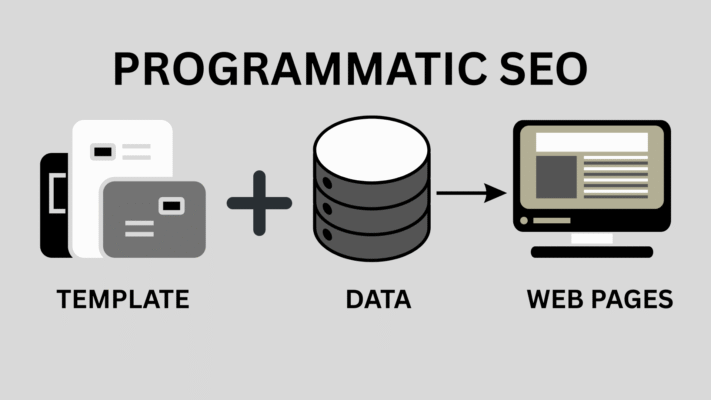
Programmatic SEO is a data-driven SEO strategy that uses automation and templates to create a large number of web pages targeting specific keyword variations.
In simple words:
Instead of manually writing every page, you build a template (a page structure) and use data inputs (like city names, product categories, or services) to automatically generate hundreds or thousands of pages.
For example:
Let’s say you own a travel website. You could create a template like:
“Best Hotels in Lucknow”
Now, by connecting your database of cities, your website could automatically generate pages like:
-
Best Hotels in Paris
-
Best Hotels in London
-
Best Hotels in Dubai
Each page would have its own unique URL, title, description, and content — all optimized for search engines.
That’s the power of Programmatic SEO — it lets you scale your content exponentially while maintaining SEO quality.
How Programmatic SEO Works
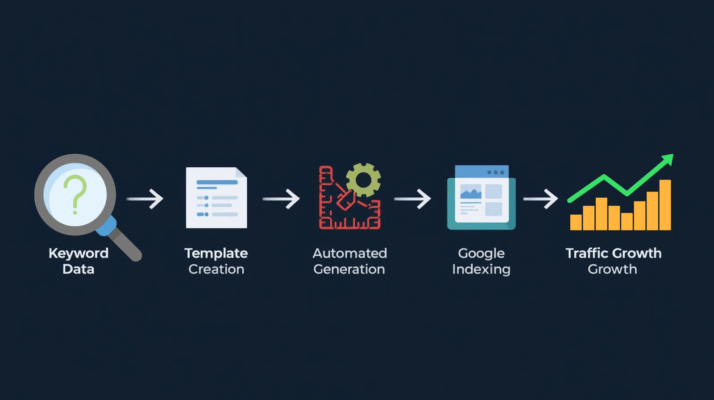
The process of Programmatic SEO can be broken into six major steps:
-
Keyword Research
-
Data Collection
-
Template Design
-
Automation Setup
-
SEO Optimization
-
Indexing & Monitoring
Let’s go through these one by one.
Step 1: Keyword Research
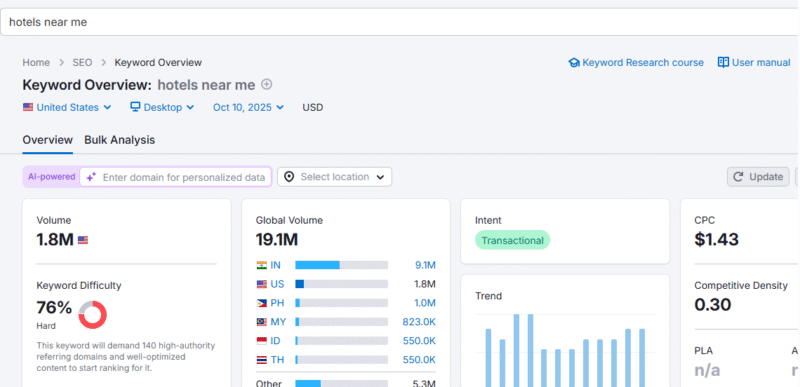
Keyword research is the backbone of Programmatic SEO. You need to identify keyword patterns that can be repeated with different data inputs.
Examples:
-
“Best Restaurants in Lucknow”
-
“Top Colleges in India”
-
“Buy Hotel Online”
Tools to find such keywords:
-
Google Keyword Planner
-
Ahrefs
-
SEMrush
-
Ubersuggest
Pro Tip:
Focus on long-tail keywords. These are easier to rank for and have higher conversion intent.
Step 2: Collect and Organize Data
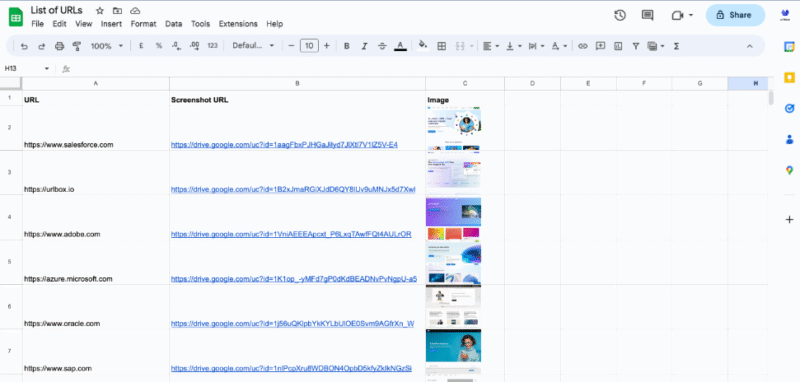
To automate your SEO pages, you need structured data.
You can collect it from:
-
Public data sources (Kaggle, government datasets)
-
APIs (Google Maps API, job listings API)
-
Manually curated spreadsheets
For example, if you’re building a restaurant directory, your dataset may include:
| City | Restaurant Name | Rating | Cuisine | Address |
|---|
This data will feed into your content templates to create unique pages for each city or category.
Step 3: Create a Page Template
A template defines how your automated pages will look and what data they’ll display.
Example structure for a travel site:
-
Title: Best Hotels in {Lucknow} – Updated 2025
-
Meta Description: Explore top-rated hotels in {Lucknow}. Discover stays, prices, and amenities for your next trip.
-
Content Blocks:
-
Introduction paragraph
-
List of hotels with ratings
-
Local travel tips
-
This ensures consistency and SEO optimization across every page.
Step 4: Automate Page Generation
Once your data and templates are ready, you can use automation to generate multiple pages.
If you’re using WordPress, tools like:
-
WP All Import
-
Advanced Custom Fields (ACF)
-
Custom Post Type UI
…allow you to bulk upload data and create unique pages instantly.
For no-code builders, you can use:
-
Webflow CMS + Airtable Integration
-
Notion + Super.so
-
Softr + Google Sheets
For developers, using Python or Node.js scripts for custom automation works great.
Step 5: Optimize Each Page for SEO
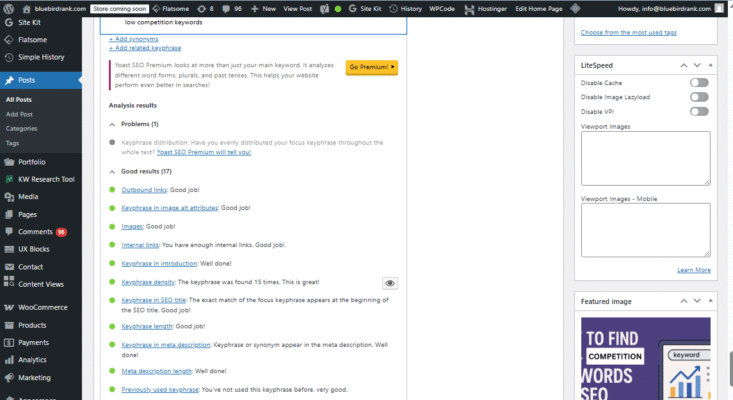
Even though your pages are automatically generated, you must follow on-page SEO best practices:
-
Each page must have a unique title and meta description.
-
Add internal links to connect related pages.
-
Use schema markup for rich results (FAQ, Local Business).
-
Include relevant images with alt text.
-
Ensure fast page speed (use caching and CDN).
This ensures Google treats every automated page as valuable, not spammy.
Step 6: Index and Monitor Performance
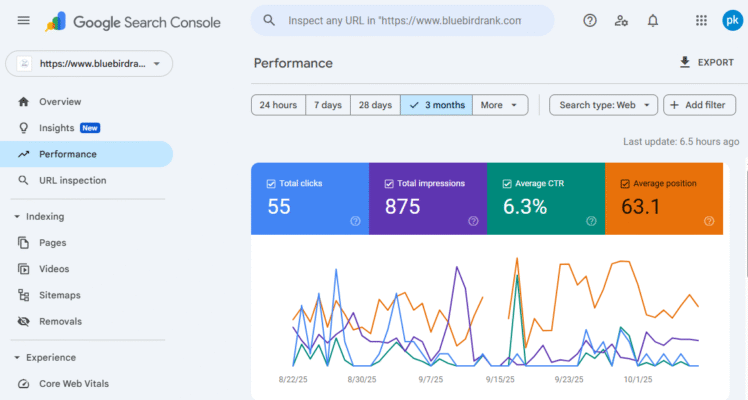
After generating your pages, you need to get them indexed.
Steps:
-
Submit your sitemap to Google Search Console.
-
Use the Inspect URL feature to manually request indexing.
-
Track impressions and clicks regularly.
For performance tracking, use:
-
Google Analytics
-
Ahrefs
-
SERPWatcher
Monitor which templates or keyword sets perform best and optimize accordingly.
Real-World Examples of Programmatic SEO
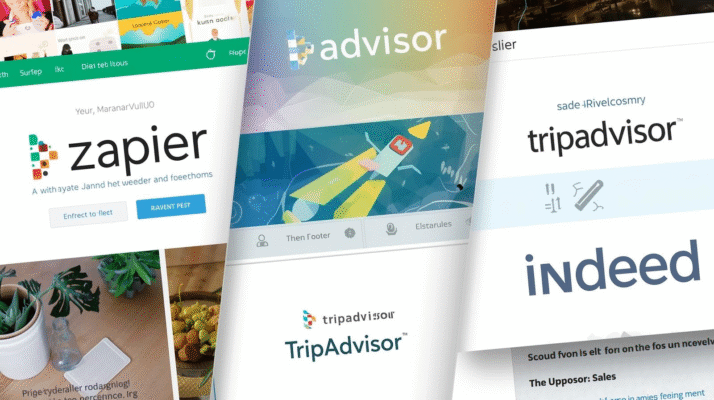
1. Zapier
Zapier creates pages like “Connect [App A] with [App B]” using automation — generating over 100,000 indexed pages.
2. TripAdvisor
TripAdvisor ranks for millions of “Best Things to Do in Lucknow” searches through structured, data-driven pages.
3. Indeed
Indeed’s job pages are built programmatically for every job title + location combination.
Each of these companies uses Programmatic SEO to dominate SERPs by scaling efficiently.
Common Mistakes to Avoid
-
Thin or Duplicate Content:
Each page must have valuable, unique data. -
Over-Automation:
Don’t generate junk content; Google penalizes low-quality pages. -
Ignoring Internal Links:
Weak linking structure hurts crawlability. -
No Schema Markup:
Missing structured data means missed ranking opportunities. -
Neglecting Mobile Optimization:
Most visitors come from mobile — optimize for speed and UX.
Best Tools for Programmatic SEO
Programmatic SEO Tools helps you create hundreds or thousands of optimized pages automatically using data and templates — perfect for scaling organic traffic. Here are some top tools to make it easier:
| Category | Tool | Use |
|---|---|---|
| Keyword Research | Ahrefs, SEMrush | Finding scalable keyword patterns |
| Data Management | Airtable, Google Sheets | Organizing datasets |
| Automation | WP All Import, ACF, Webflow CMS | Generating pages |
| Tracking | Google Analytics, Search Console | Performance monitoring |
| AI Support | ChatGPT, Jasper | Enriching content dynamically |
AI and Programmatic SEO

AI has revolutionized Programmatic SEO. Instead of just inserting keywords and data, now you can:
-
Generate dynamic introductions using AI prompts.
-
Add contextual summaries for every city, product, or service.
-
Use AI to rewrite content for better readability.
-
Automate meta tags, FAQs, and schema creation.
Example prompt for automation:
“Write a 150-word summary about top hotels in Lucknow with a friendly tone.”
This makes each page unique and human-like, which Google rewards.
How to Monetize Programmatic SEO Websites
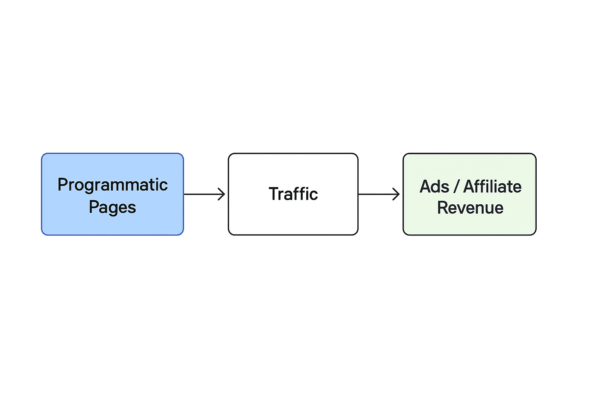
Once your pages start ranking, you can monetize your traffic using:
-
Google AdSense: Display ads for passive income.
-
Affiliate Links: Promote products or services.
-
Sponsored Listings: Paid placements for businesses.
-
Lead Generation: Offer quotes or service forms.
Pro Tip:
Google AdSense prefers high-quality, unique content — avoid spammy automation.
Best Niches for Programmatic SEO
Programmatic SEO works best in data-driven niches:
-
Travel (hotels, destinations, activities)
-
Jobs (roles, companies, cities)
-
Real Estate (properties by location)
-
Education (courses, universities, cities)
-
E-commerce (products by category)
Pick one niche, create a pattern, and scale gradually.
Future of Programmatic SEO
The future of Programmatic SEO lies in:
-
AI-generated structured data
-
Voice search optimization
-
Personalized automation
-
Real-time page generation through APIs
With advancements in AI and automation, Programmatic SEO will become a must-have for scaling organic traffic and beyond.
The Bottom Line
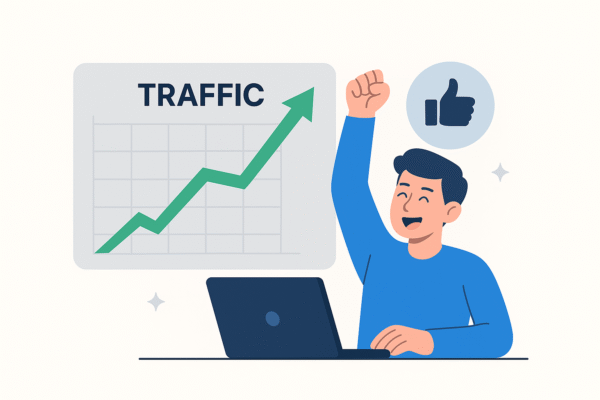
Programmatic SEO is the smartest way to scale SEO in today’s fast-moving digital landscape.
It combines data, templates, and automation to help you:
-
Target thousands of keywords
-
Generate massive organic traffic
-
Save time and effort
Whether you’re running a small niche blog or a large platform, learning Programmatic SEO can completely transform your online growth.
Start today — pick your niche, build your dataset, and let automation do the heavy lifting.
👉 Explore More SEO Articles Here

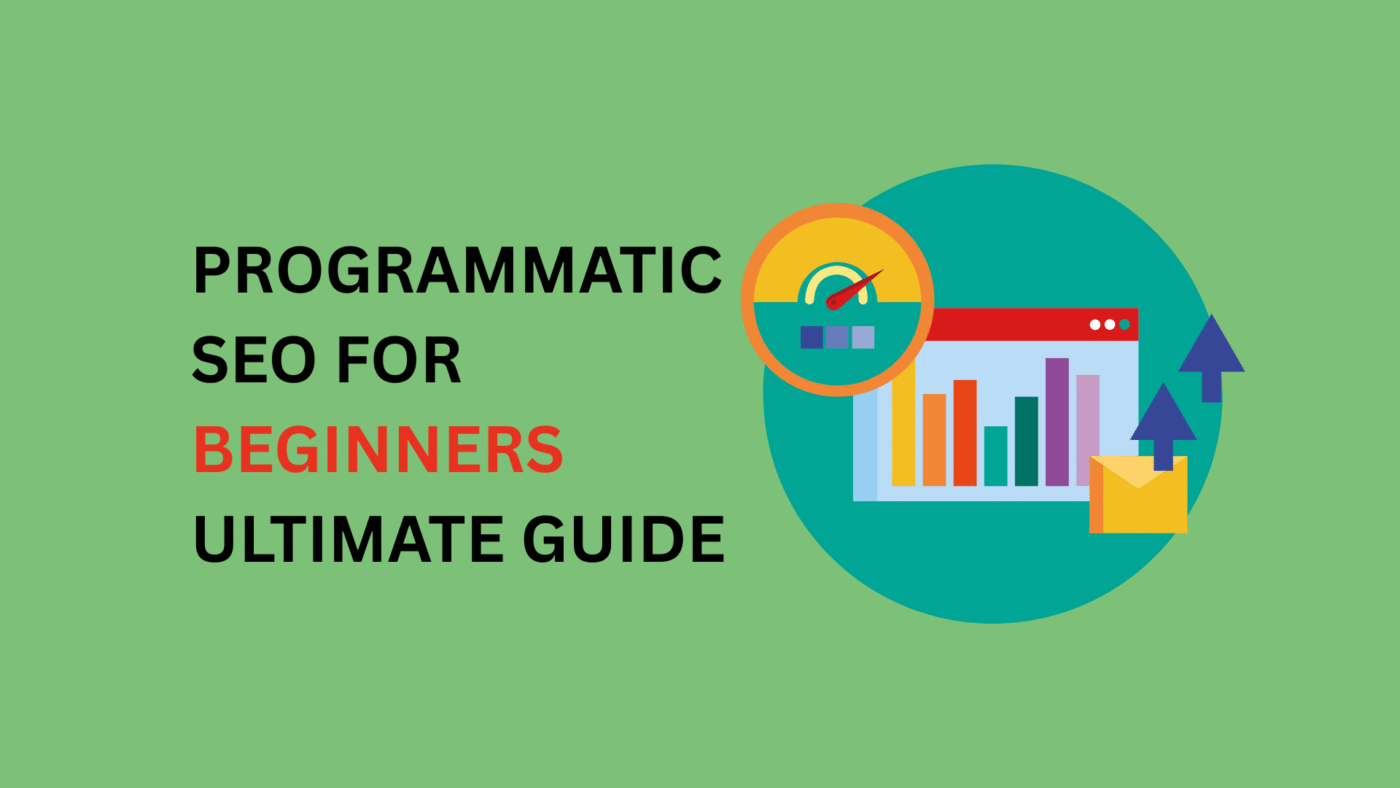
This guide is a game-changer! Really helps beginners understand how to automate SEO effectively. Excited to try these strategies in 2025!
Thankx
Loved the step-by-step approach here. Programmatic SEO seemed daunting before, but this guide makes it so much easier!
ohh, thank you dear
Awesome content! Definitely bookmarking this for future reference.
thanks molly
Pingback: Best Programmatic SEO Tools 15+ to Scale Pages